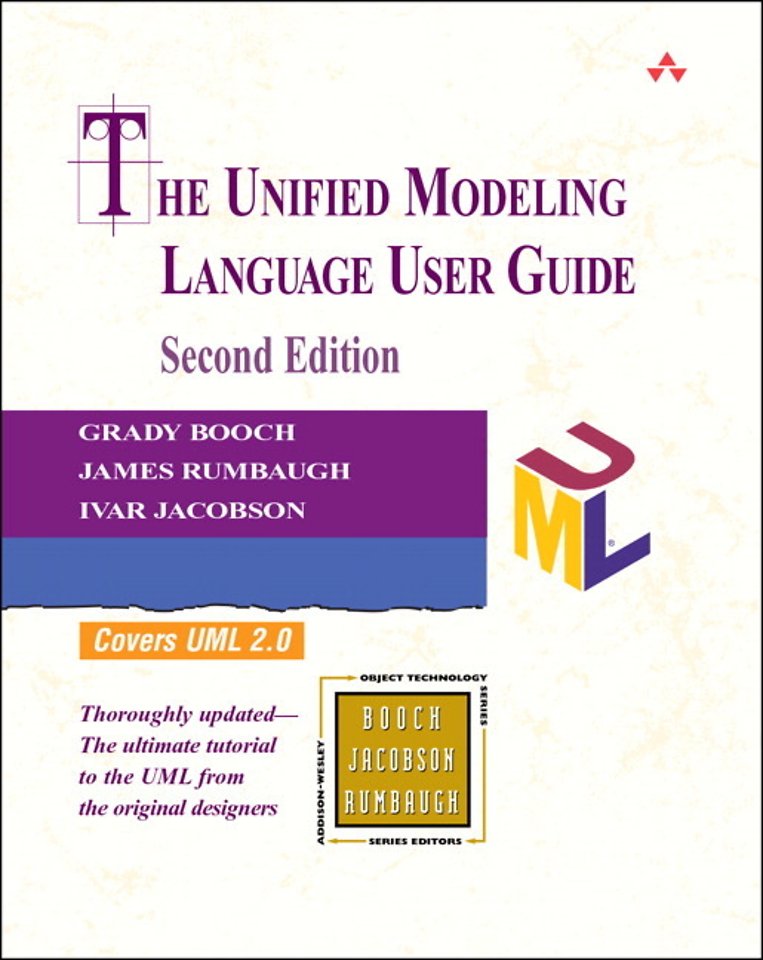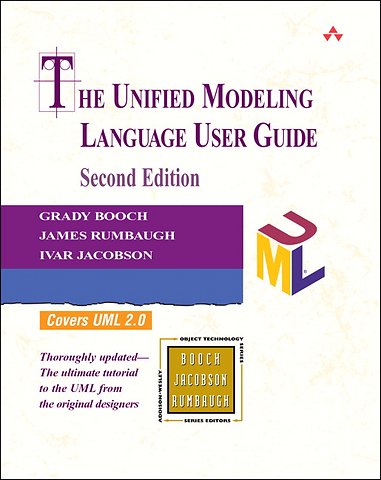Unified Modeling Language User Guide, The
Samenvatting
For nearly ten years, the Unified Modeling Language (UML) has been the industry standard for visualizing, specifying, constructing, and documenting the artifacts of a software-intensive system. As the de facto standard modeling language, the UML facilitates communication and reduces confusion among project stakeholders. The recent standardization of UML 2.0 has further extended the language's scope and viability. Its inherent expressiveness allows users to model everything from enterprise information systems and distributed Web-based applications to real-time embedded systems.
In this eagerly anticipated revision of the best-selling and definitive guide to the use of the UML, the creators of the language provide a tutorial to its core aspects in a two-color format designed to facilitate learning. Starting with an overview of the UML, the book explains the language gradually by introducing a few concepts and notations in each chapter. It also illustrates the application of the UML to complex modeling problems across a variety of application domains. The in-depth coverage and example-driven approach that made the first edition of The Unified Modeling Language User Guide an indispensable resource remain unchanged. However, content has been thoroughly updated to reflect changes to notation and usage required by UML 2.0.
Highlights include: A new chapter on components and internal structure, including significant new capabilities for building encapsulated designs New details and updated coverage of provided and required interfaces, collaborations, and UML profiles Additions and changes to discussions of sequence diagrams, activity diagrams, and more Coverage of many other changes introduced by the UML 2.0 specification
With this essential guide, you will quickly get up to speed on the latest features of the industry standard modeling language and be able to apply them to your next software project.
Specificaties
Inhoudsopgave
Net verschenen
Rubrieken
- aanbestedingsrecht
- aansprakelijkheids- en verzekeringsrecht
- accountancy
- algemeen juridisch
- arbeidsrecht
- bank- en effectenrecht
- bestuursrecht
- bouwrecht
- burgerlijk recht en procesrecht
- europees-internationaal recht
- fiscaal recht
- gezondheidsrecht
- insolventierecht
- intellectuele eigendom en ict-recht
- management
- mens en maatschappij
- milieu- en omgevingsrecht
- notarieel recht
- ondernemingsrecht
- pensioenrecht
- personen- en familierecht
- sociale zekerheidsrecht
- staatsrecht
- strafrecht en criminologie
- vastgoed- en huurrecht
- vreemdelingenrecht

